US and Scandinavian Special Operations: A bulwark against Russian influence
- By Stavros Atlamazoglou
Share This Article
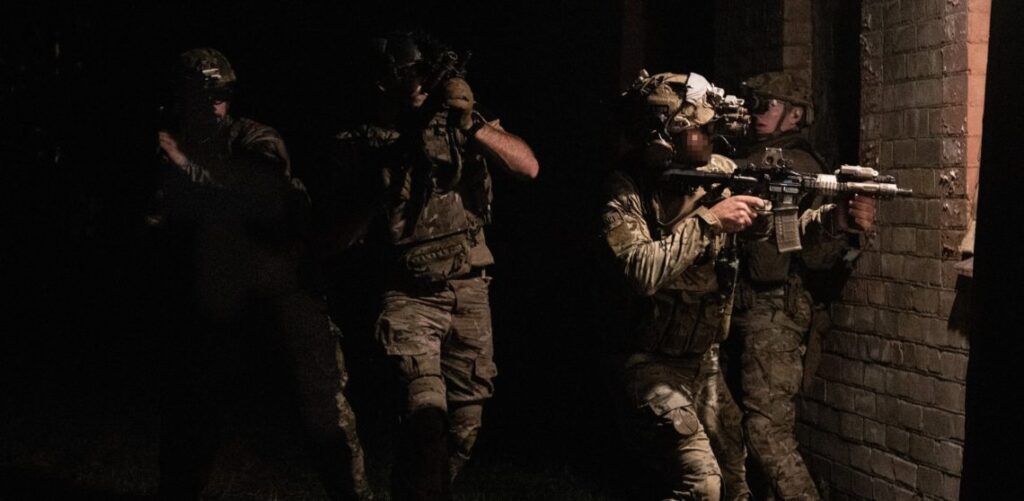
Special operations units can do more than ram doors and shoot bad guys. A key aspect of US special operations is the ability to work with partners to create a potent deterrence capability and fight off malign foreign influence.
Recently, American commandos assigned to Special Operations Command Europe (SOCEUR) conducted a training exercise with Swedish special operators. The aim of the joint exercise was to test the readiness of the Swedish military and to prepare for future contingencies in the region.
From the U.S. side, Green Berets from the 10th Special Forces Group, Air Commandos from the 352nd Special Operations Wing, and Navy SEALs and Special Warfare Combatant-Craft Crewmembers (SWCCs) from Naval Special Warfare Groups 2 and 4 participated in the event.
From the Swedish side, Swedish commandos from the Special Operations Group (SOG) and conventional forces took part.
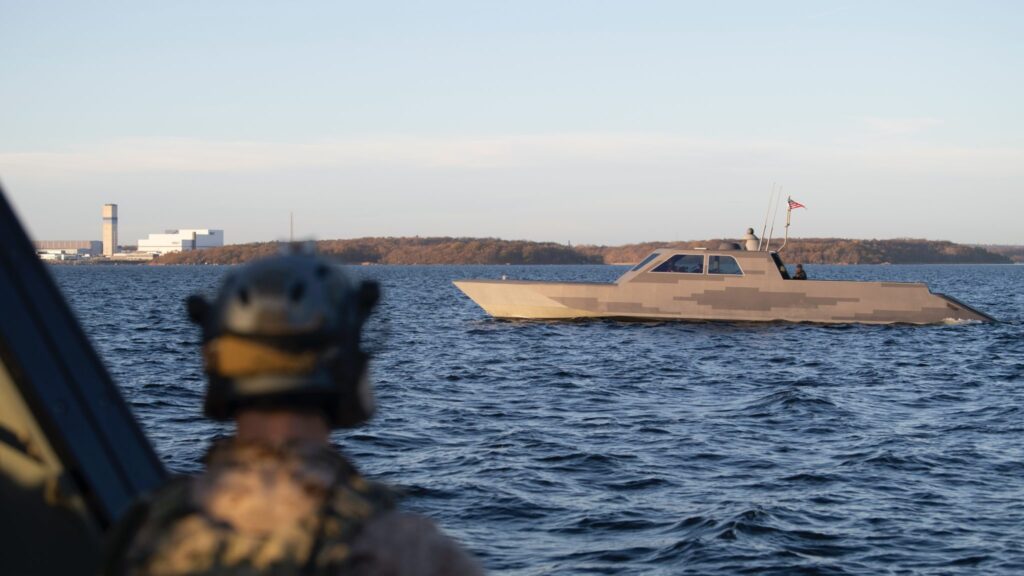
“This exercise provides the opportunity to train with SOF partners as well as U.S. and Swedish conventional forces across all warfighting functions and domains. This allows us to train how we will fight, while also highlighting the credibility and capability of our combined forces,†said Colonel Nathan Owendoff, the Joint Special Operations Task Force commander of the exercise, in a press release. “The additive benefit is the critical value of building trust and strengthening relationships between commanders, element leaders, and special operations forces across multiple echelons.â€
Joint exercises like this one offer the opportunity to test and increase interoperability between countries and also pave the road for future training events or even real-world operations. This particular exercise is all the more important since Sweden isn’t a U.S. ally but only a partner.
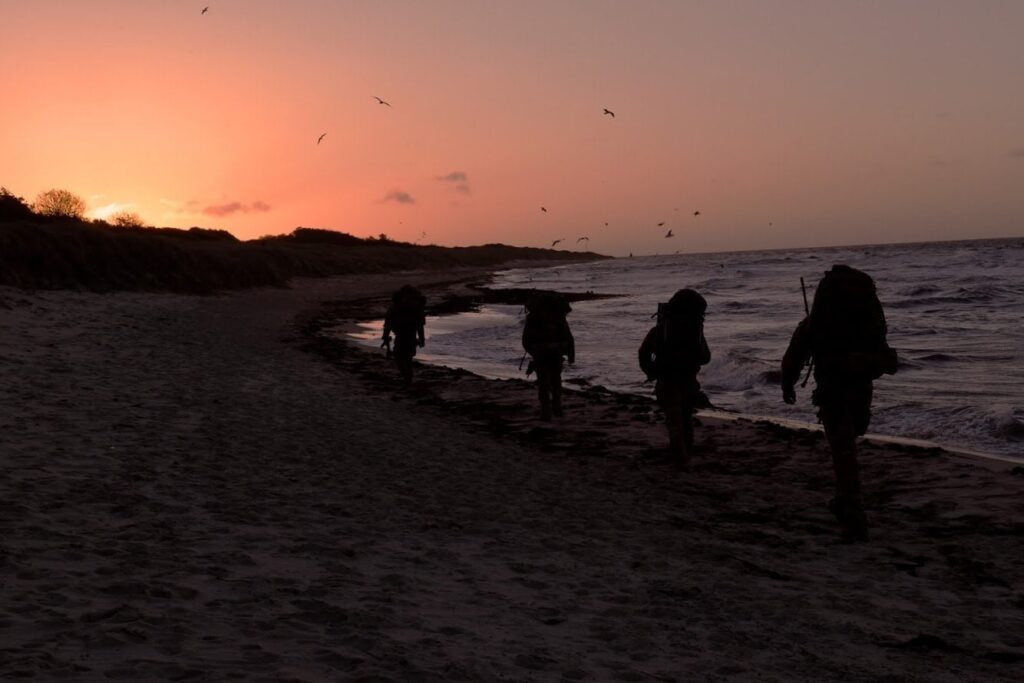
Sweden also isn’t a part of NATO, but it shares a close relationship with its European neighbors and the US. It has deployed troops to Afghanistan and Africa in support of U.S. and Western interests. That relationship has been becoming increasingly close because of Russian overt and covert aggression both in Sweden and in neighboring Finland.
A few years ago, the Swedish government even sent out information leaflets to its population on how to react and what to do in the case of war. The last time it had done so was during the Cold War, when a nuclear standoff between the West and Russia was on everyone’s minds.
“The U.S. forces are incredibly honored that our Swedish Special Operations Command partners invited us to stage and exercise with them here in Sweden. Our partners are highly capable professional operators, and we look forward to our continued collaboration throughout the Baltic Sea region,†said Lieutenant Colonel Houston Hodgkinson, the JSOTF’s deputy commander.
U.S. interests in the area aren’t limited to Sweden. In next-door Norway, U.S. special operations and conventional units have been equally, if not more, active. The Marine Corps (and the British Royal Marine Commandos) regularly send troops in the Scandinavian country for winter warfare training. Last year, Reconnaissance and Force Reconnaissance Marines spent a month with the Norwegian special operations units training.
“The strength of Swedish and U.S. special operations forces together enable conventional armed forces to defend the region. We remain committed to cooperative security around the Baltic Sea,†said a Swedish special operations officer and the exercise’s director.
The Scandinavian countries that had been lulled into peacefulness are once more feeling the pangs of foreign influence. By forging relationships and training together, American commandos are looking to minimize the negative effect of that influence and also send out a message to those looking to disturb peace and stability in the region.
Related Posts
Sandboxx News Merch
-

‘AirPower’ Classic Hoodie
$46.00 – $48.00 Select options This product has multiple variants. The options may be chosen on the product page -

‘Sandboxx News’ Trucker Cap
$27.00 Select options This product has multiple variants. The options may be chosen on the product page -

‘Sandboxx News’ Dad Hat
$27.00 Select options This product has multiple variants. The options may be chosen on the product page
Stavros Atlamazoglou
Greek Army veteran (National service with 575th Marines Battalion and Army HQ). Johns Hopkins University. You will usually find him on the top of a mountain admiring the view and wondering how he got there.
Related to: Military Affairs, Special Operations

The B-2 Spirit is aging but still packs a bunch
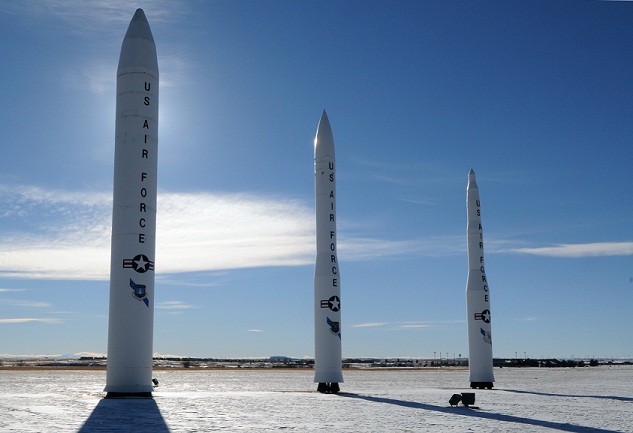
How large are the nuclear arsenals of Russia and China compared to those of the US and its allies?
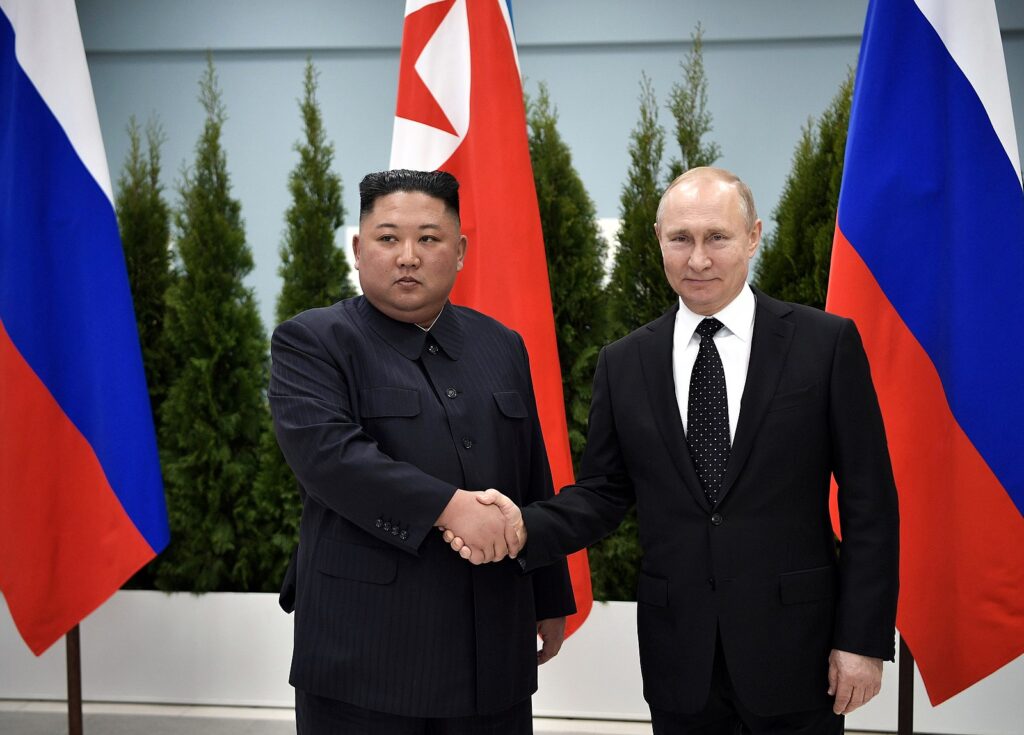
50,000 Russian and North Korean troops prepare to attack Ukrainian forces in Kursk
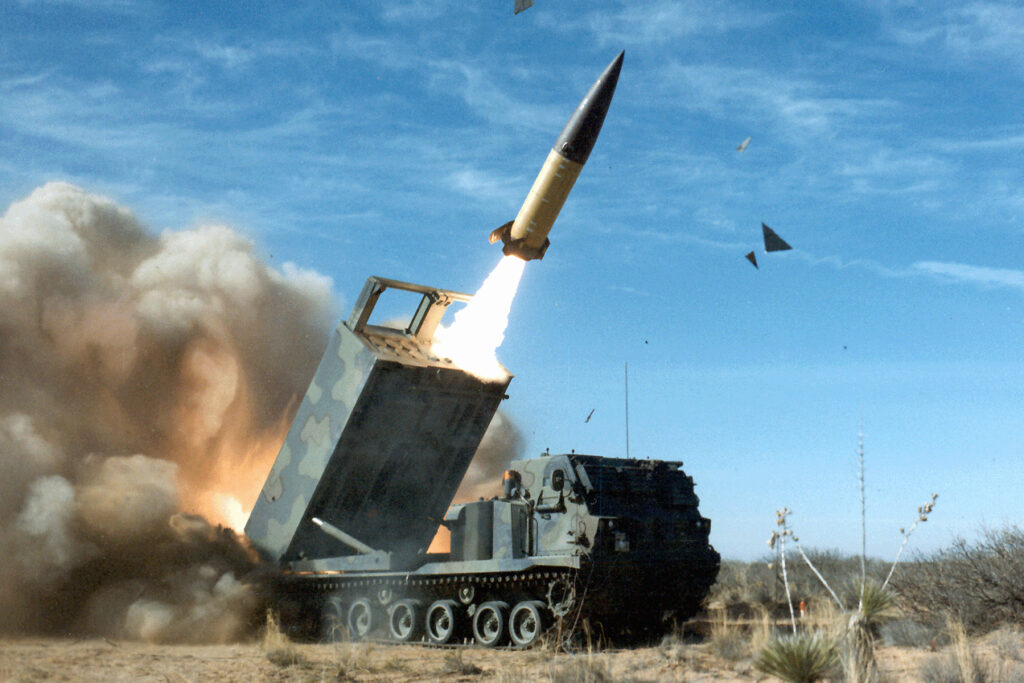
What damage can Ukraine inflict on Russia using its long-range Western weapons?
Sandboxx News
-

‘Sandboxx News’ Trucker Cap
$27.00 Select options This product has multiple variants. The options may be chosen on the product page -

‘AirPower’ Classic Hoodie
$46.00 – $48.00 Select options This product has multiple variants. The options may be chosen on the product page -

‘AirPower’ Golf Rope Hat
$31.00 Select options This product has multiple variants. The options may be chosen on the product page -

‘Sandboxx News’ Dad Hat
$27.00 Select options This product has multiple variants. The options may be chosen on the product page
